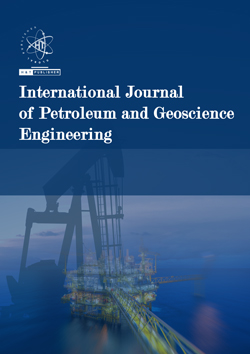


Accurate predictions of flow pattern, liquid holdup, and pressure drop are essential factors for oil and gas wells analysis and production optimization. In the literature, there are several empirical correlations and mechanistic models for predicting pressure loss during multiphase flow in wellbores. This study presents a comparative and performance analysis of three empirical correlations and three mechanistic models. Open source real field well datasets were utilized to estimate the pressure drop using MATLAB scripts created for each of the investigated correlations and models. The performance of the investigated empirical correlations and mechanistic models is evaluated using statistical error analysis, graphical error analysis, and relative error trend analysis. The empirical correlations demonstrated the best estimation of the pressure drop according to the investigation results because of the large-scale data used in establishing the correlations and the modifications made. The mechanistic models demonstrated the worst performance prediction according to the investigation results because of severe under-prediction of the pressure drop by the mechanistic slug flow and churn flow models. A solution procedure is proposed in this study that would eliminate the issue of non-convergent solutions. More study is needed to modify and improve the mechanistic slug flow and churn flow models.